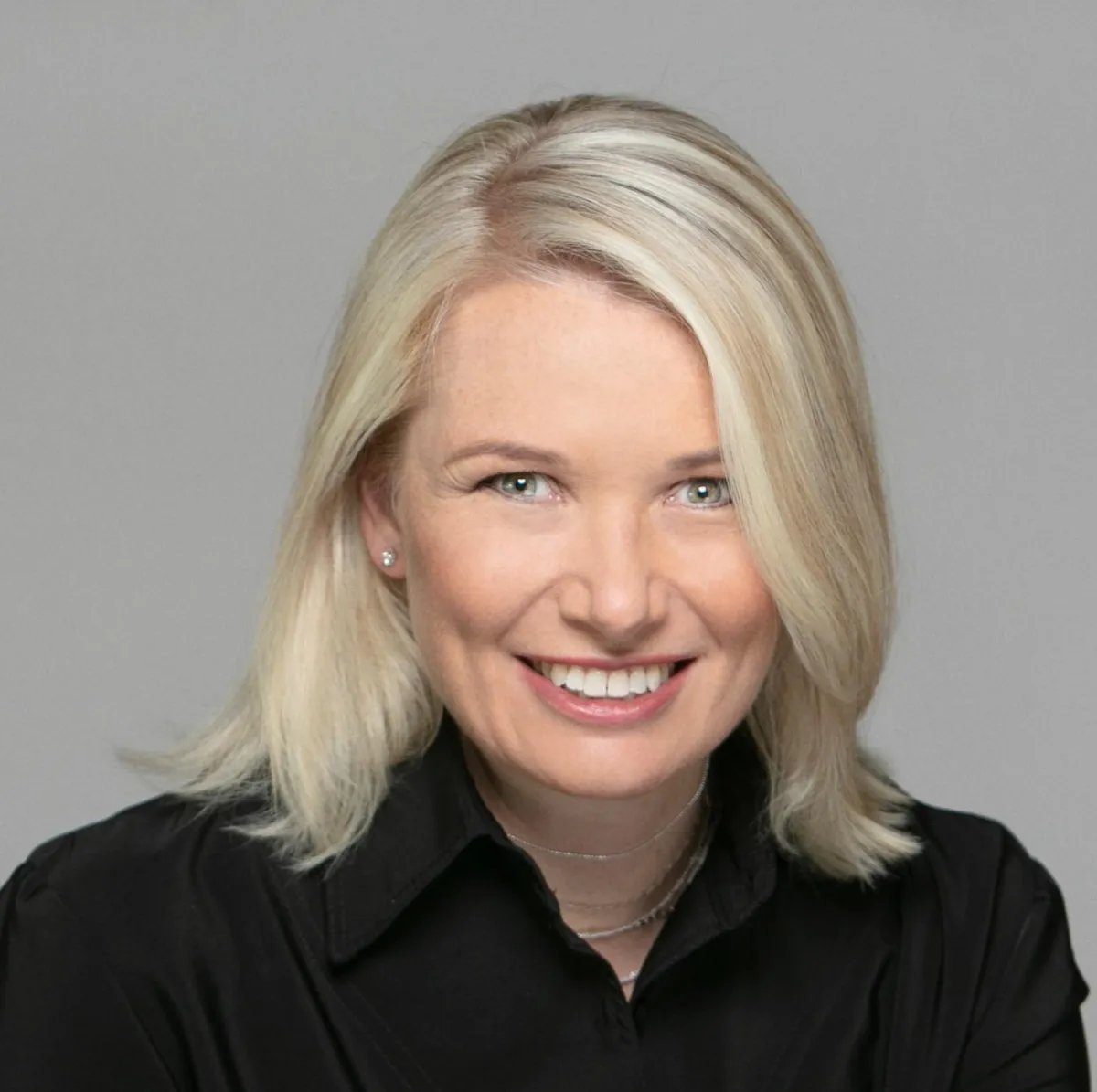Browse for the latest episode of...
working women's wealth

246 Managing inconsistent income with the income smoother
Is your income irregular? With some months where you earn BIG, and some months where you earn nothing?
When one of the biggest causes of financial stress is having an inconsistent income (and not being able to plan your work and personal expenses), you won't regret taking the steps outlined in today's episode.
These five steps will help you smooth your personal income, even if your work income is all over the place!
Show Notes
[00.59] The challenges of a ‘lumpy’ income
[02.35] A solution: the income smoother
[04.43] Average tax rate
[07.00] Working out your average income
[08.05] Business expenses
Quotes
“When you have a separate bank account for work and for personal life, what ends up happening is that it’s actually quite a lot easier to track expenses.” – Lisa Linfield
“Come what may, you have to pay tax.” – Lisa Linfield
“The biggest single advantage of a regular income is that you can plan your money.” – Lisa Linfield
Related posts and episodes
How to close the gap between budget and reality
Six steps to getting out of debt... forever
How do I get my my money under control?
The F*ck it Fund
Subscribe to our podcast on iTunes or Spotify
Please do Subscribe to our Podcast on iTunes or Spotify and leave a review. This helps the podcast to rank higher and therefore makes it more visible to others browsing podcasts in the hope they too may benefit from our content.
Get my book - Deep Grooves: Overcoming Patterns that Keep you Stuck
You can get the first two chapters of my book FREE here
If you want a paperback copy and you’re in South Africa, visit my site LisaLinfield.com
If you want a Kindle copy or a paperback anywhere in the world, visit Amazon
TRANSCRIPT
The Challenge with Lumpy Bumpy Income
One of the biggest challenges I see in entrepreneurs and consultants is lumpy income. It’s boom or bust. Months with big pay checks and months with nothing. And we go from feeling generous like Rockefeller to wondering how on earth we will make it through the month.
And that feeling is STRESSFUL!!!!
Now because I see so many people between my wealth management and my teaching business, I generally tend to see two types of behaviour.
Either,
1. People hoard cash. The pain of not having money is too great, that they live too tightly and hoard way more cash than they need to, not investing the money to grow
2. People live from famine to feast. When it comes, they spend it, feeling they deserve the little treats after the months or years of nothing. And when it isn’t there, their debit orders bounce, and they live tightly.
Inconsistent income or expenses causes so much stress
The biggest contributor to financial stress is inconsistency. Whether it be inconsistent and unexpected expenses, as we discussed in Episode 234 How to close the gap between budget and reality… or inconsistent income. It’s the inability to predict and manage the same income and same expenses each month that causes us so much stress.
But fear not! There is a solution. It’s called… The Income Smoother, and here are the steps to creating it.
Step 1: Separate your personal finances from your business finances.
Now the first antidote to financial stress, as I mentioned, is to have a smooth income, which means you need to pay yourself a monthly salary.
So the first step is that you need to separate your business income and expenses from your personal income and expenses. Just that one step has changed the life of many I have helped.
The easiest way to do that is to have two separate bank accounts.
Usually that means you need to open a new personal account because your clients already have your bank account on record and you don’t want them to mess them around. But it will take some time to separate out the direct debits etc into the two accounts, but it is so worth it.
What do you put where? The rule of thumb is that the expenses that go into your tax return are business expenses, and the rest are personal.
So once you have the two set of bank accounts…
Step 2: Work out your Average Tax Rate
Here’s the challenge: Come what may, you have to pay tax. So the money that’s yours to spend is the money AFTER tax.
And here’s where the challenge comes – many of us are just trying to survive the month, so end up dipping into our tax savings in order to fund our lean months… only to be smacked by a tax bill that knocks us off our feet.
So to calculate what’s yours to spend, you need to take at least 2 years of tax returns, and work out what is your tax rate – the percentage of tax you pay. So if two years ago you earned 100 and you paid 20 in tax, your tax percentage is 20%. And if last year, you earned 100 but you paid 18 because you had more business expenses, then your tax rate is 18%
In general, I’d take the higher number to be safe, and add 10%. So in this case, the tax rate is 20% and I’d add another 2% just to be safe, for a tax rate of 22%.
So this next step was to understand what your tax percentage is.
Step 3: Work out your average income over at least the last 18 months
Go back to your accounts and write down all the income you earned over the last 18 months, and divide it by 18 to see what your average income per month was. Now you may only have actually been paid in 12 of those months, and the other 6 months received zero… but we want to find out what your average income is per month.
Step 4: Understand your average business expenses you actually pay
Now this is about understanding cashflow – not what the accountant says. What’s the difference you may ask?
Well some of us are able to claim a percentage of our household expenses from our tax because we run our offices from home. But those expenses are actually paid from our household budgets, and should be!
What we’re looking for here is the business expenses that will come off our business account… so that we can know what’s left for us to spend. If you have separate accounts, this is easy to do. Business expenses go off the business account, and personal expenses go off the personal account.
Now how many months do you need? At least a year’s worth of expenses. I know it’s a pain, but it’s so worth it. Why do you need a year? Because many of us have annual subscriptions, for example to Microsoft Office 365 etc. and we need to make sure that those expenses are included.
Step 5: Calculate what’s yours to keep
So let’s circle back and see what we have.
1. Your Average Income… from which we will take off
2. The Average Tax Rate
So if your average income is 100 per month and we have a 22% tax rate, we need to say 100 – 22 is 78 … which we’ll call the Income After Tax.
Once you have your Income after Tax, you’re able to apply the third number
3. Take off the average business expenses.
So let’s say your average business expenses is 28 in a month. We would say
1. Average Income of 100
2. Subtract 22 in Tax, leaves us with 78
3. Take off 28 of expenses, leaves us with 50 in a month for us to use personally.
That then takes us to our next step:
Step 5: Pay yourself a monthly salary
And this is when I have to stop you!
Because we are just starting out, we need to save up some money to smooth out months that may have low or no income with money from a savings account… which we need to build up.
So, to start off you can only pay yourself 70-80% of that average monthly salary until you’ve built up at least 6 months of salary buffer.
So in our example, although technically we could have 50 each month, if we apply 75% rule, we can pay ourselves 37.5 from now on until we have built up 6 months of 37.50. Then, and only then can we start to raise it.
Now remember, this income smoother account is not to touch for anything else except smoothing your income. If you haven’t got 6 months of business expenses saved up, you also need to make sure you don’t increase your salary until you’ve saved up that 6 months of expenses.
The advantages of paying yourself a regular income
The biggest advantage of paying yourself a regular income is the ability to plan your money… and know that you will be able to meet your regular expenses. And that my friends, leads to far less stress.
I’ve seen clients try to manage their money, and try each month to take different percentages off whatever comes in to plan for savings and spending etc… and it’s a lot of hassle.
Once you have this system set up, you can set up the stress-free money system for both your personal and your business expenses because you have a regular income, so things aren’t all over the place… listen to Episode 234 How to close the gap between budget and reality

Explore
On Social
YourBrand.com - All Rights Reserved - Terms & Conditions

